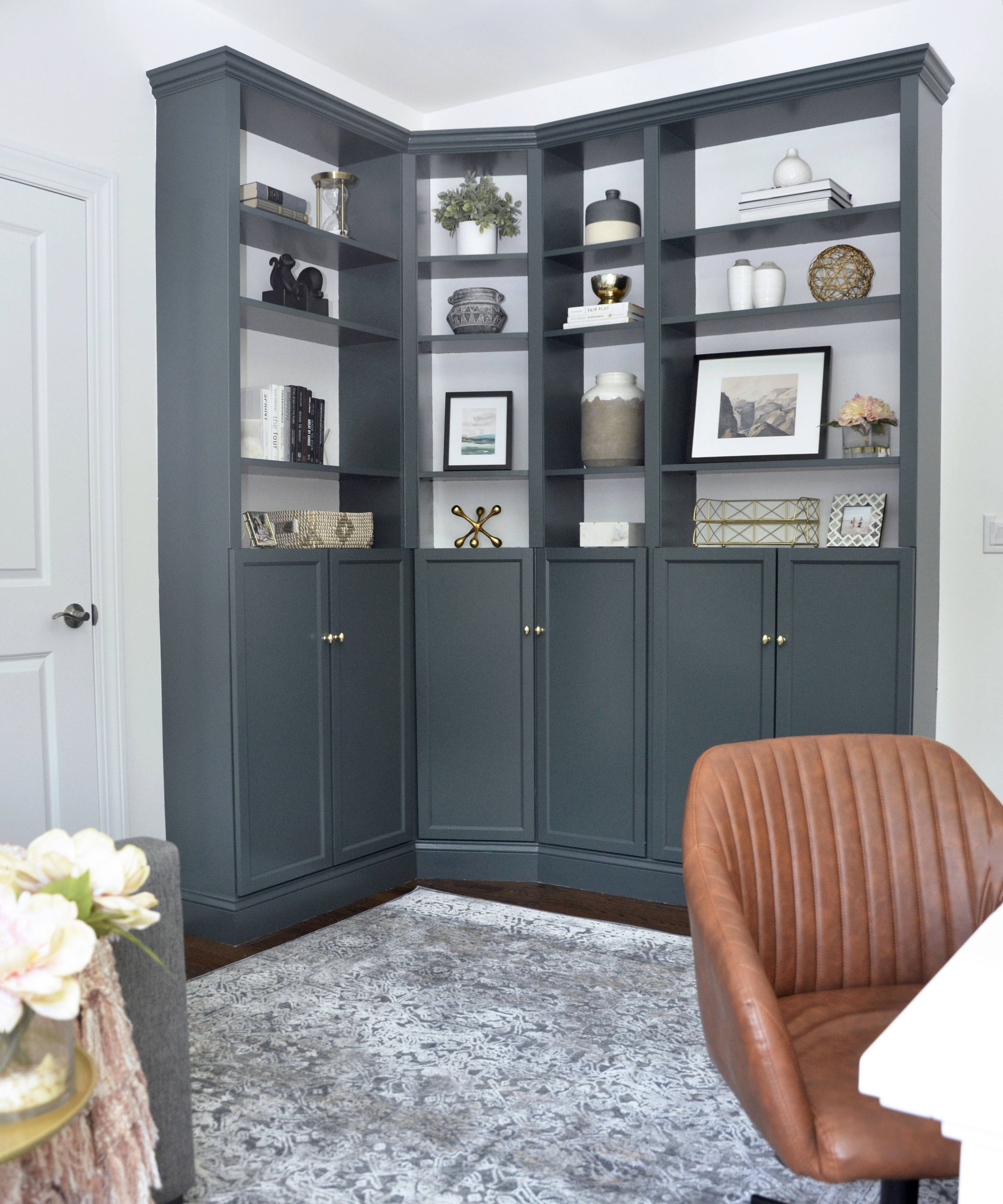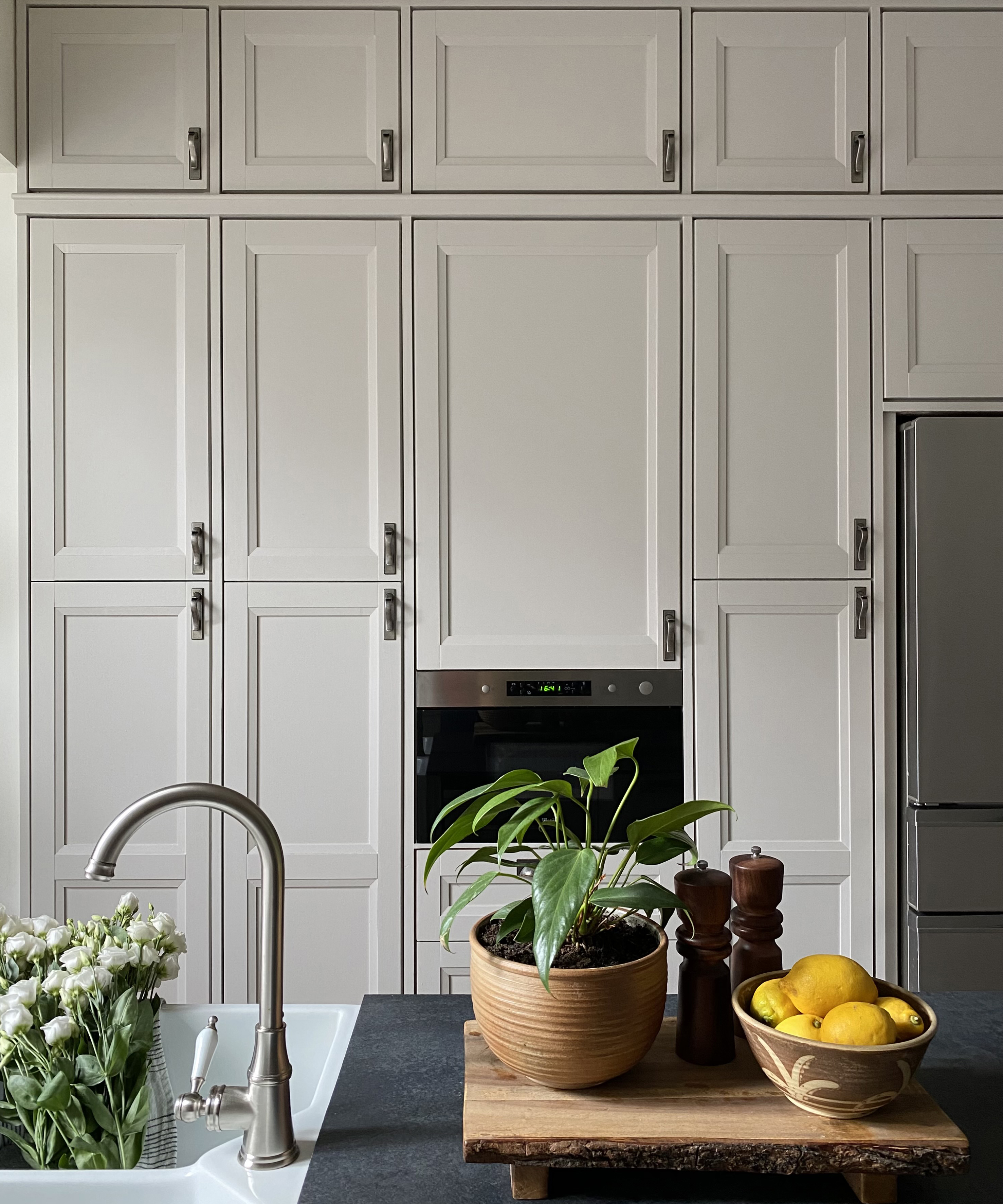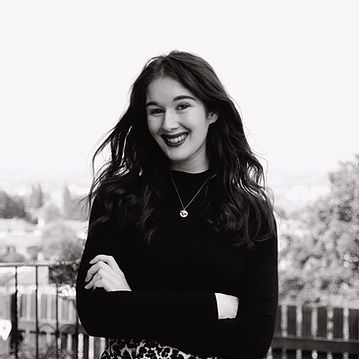How to paint IKEA furniture – Designers share the five steps you need to remember
Laminated pieces are notoriously tricky to transform – or at least they were – until now


As stylish as laminated furniture looks, the statement glossy finish can be hard to paint – meaning your IKEA hacks could be left streaking, peeling, or bubbling. However, as a favorite finish of the Scandinavian powerhouse, painting this tricky material is often an inevitable part of the makeover process.
While it is more than possible to transform IKEA furniture with paint, it never hurts to pick up painting tips from those in the know. This is where the experts come in to help.
How to paint IKEA furniture
New York-based Interior Designer Joe Cangelosi shared his advice to ensure your pieces look less like a major makeover mistake – and more like the bespoke furnishing that your modern home deserves.

1. Begin with a clean slate
Before experimenting with your chosen hues, Joe recommends cleaning the surface to remove any dirt that will cause problems later. He recommends using a conventional household spray cleaner and rubbing with a paper towel for quick and easy results. We also suggest using a tack cloth to remove any debris left behind.
2. Sand the surface
Perhaps the most important element of the process – Joe recommends preparing the piece for paint by sanding the surface with medium sandpaper.
'You just want to rough up the finish so the paint will stick,' he explains. However, Joe warns that you need to sand with caution and not remove the entire layer of laminate. Instead, you should only 'look to take the tiny layer of glossy finish off the laminate.'

'If you're painting a larger object, you'll need to sand or de-gloss the base carefully using a fine-grit sanding block before you begin,' adds Classic Architectural Group Designer Garth McAlpin. 'After that, clean the area thoroughly before applying the first coat of primer.'
The Livingetc newsletters are your inside source for what’s shaping interiors now - and what’s next. Discover trend forecasts, smart style ideas, and curated shopping inspiration that brings design to life. Subscribe today and stay ahead of the curve.
3. Apply a coat of primer
The priming process prevents streaks and ensures your paint looks vibrant for longer, but what does the method involve? Joe suggests using a water-based primer, recommending Zinsser 1-2-3. 'If you don't have primer, use a couple of layers of latex paint,' he says.
'Wood dowel grains appear to drift about all the time, so make sure none of them wind up on your primed surface. After the primer has dried, inspect each surface to ensure thorough coverage,' Garth adds.

4. Get creative with the paint
Undeniably the most exciting element of the process, this is the step that will make the most significant difference to your furnishing's all-important aesthetic. However, above all, Joe urges you to have fun. This is also a brilliant eco paint idea for using up leftover tins from other projects.
In the same way that painted wall ideas often require two coats of paint, he suggests adding '1-2 more top coats of your latex paint' to ensure your hues pop. 'Have fun with your color choices and design. Get creative with a pattern, faux finish, or whatever you like,' Joe says. Plus, if you're looking for paint color inspiration, our guide is the perfect place to start.

5. Protect your furniture for the future
'If you want to protect your furniture piece after painting, you can brush on a few coats of water-based polyurethane, which will make the finish last longer,' Joe explains. Garth also warns you to wait until the very last coat of paint before adding any sealer to the area.
'If you're painting furniture that won't see much traffic, a simple spray-on clear acrylic sealant will suffice. Choose a heavy-duty sealer if you're painting shelves, doors, cabinets, or anything else that will be subjected to a lot of wear,' he says.
Whether you're following color trends for 2021 or you're transforming your IKEA furnishing into a boutique work of art with your favorite hues – the advice remains the same. The fear of bubbly and streaky pieces is now a distant memory.

Megan is the Head of Celebrity Style News at Homes & Gardens. She first joined Future Plc as a News Writer across their interiors titles, including Livingetc and Real Homes, before becoming H&G's News Editor in April 2022. She now leads the Celebrity/ News team.
Before joining Future, Megan worked as a News Explainer at The Telegraph, following her MA in International Journalism at the University of Leeds. During her BA in English Literature and Creative Writing, she gained writing experience in the US whilst studying in New York. Megan also focused on travel writing during her time living in Paris, where she produced content for a French travel site.
Megan currently lives in London, where she relocated from her hometown in Yorkshire. In her home, she experiments with interior design trends and draws inspiration from the home decor ideas she observes in her everyday work life. Her favorite pieces include her antique typewriter and her expansive collection of houseplants. When she isn’t writing, she is browsing London’s coffee shops and bookstores to add to her ever-growing library, taking over the open shelving in her apartment.